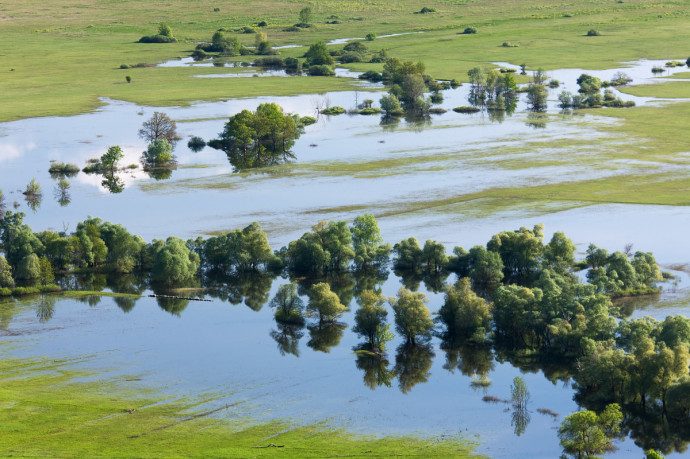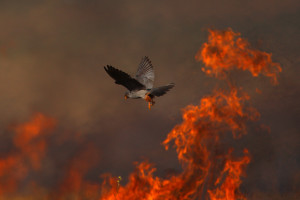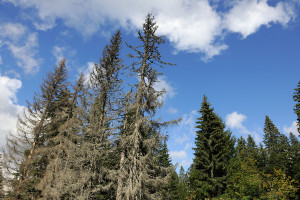The term ‘rewilding’ is being recognised and acknowledged more widely and more frequently in Europe, while many initiatives and organisations have started to use this term. But what is ‘rewilding’ and how do we like to use it in the European context? It is for this reason that we have developed a working definition of ‘rewilding’ and first published this in our Annual Review 2014.

Rewilding Europe is a learning organisation, to be more specific: learning by doing. It means that during the first years of our initiative, we have been pioneering and exploring ‘rewilding’ in a European setting and in different regions of our continent. We received many responses and extensive feed back from many organisations, stakeholders, individuals, scientists and authorities. This has helped us a lot in shaping a working definition that we believe is particularly suited to Europe’s history, culture, and condition of landscapes.

Rewilding Europe believes there is a need for a working definition for ‘rewilding’ as this is becoming a conservation approach that is used more and more in Europe. We recognize that there might be differences in how ‘rewilding’ is defined and practiced in different places across the world. We will use this definition for the vision and work of Rewilding Europe and hope and encourage other organisations and initiatives to adopt this working definition as well. We very much welcome suggestions and views to further sharpen and improve it.
— “We have deliberately chosen to call this a ‘working definition,” says Wouter Helmer, Rewilding Director of Rewilding Europe. “It means that while developing our initiative further, we will learn more and that will help us to refine it as we go, to a point where we feel satisfied and see others adopting this definition – which in fact represents an additional approach to conservation.”
Our working definition is:
Rewilding ensures natural processes and wild species to play a much more prominent role in the land- and seascapes, meaning that after initial support, nature is allowed to take more care of itself. Rewilding helps landscapes become wilder, whilst also providing opportunities for modern society to reconnect with such wilder places for the benefit of all life.
A number of important annotations further clarify this working definition for the European situation. These annotations are provided here:
- Rewilding represents a new appreciation of wilder landscapes, in which people understand the interdependent relationship between the health of wild nature and the health of human society, and act to strengthen this indispensable relationship.
- Rewilding creates a new understanding that life-supporting European biodiversity is fundamentally important, and is best derived from natural processes and the habitats that are the result of those processes.
- Rewilding can occur in all types of land (and sea-) scapes, on a small and a large scale. While a formal protected status is not required, some form of it is often desirable to assure continued, long-term benefits of rewilding.
- Rewilding is future-oriented, and works towards the return of natural processes and wildlife within our modern social context, creating new opportunities to link human activities to such wilder, natural landscapes.
- Rewilding often requires some initial supportive measures, to kick-start natural processes again, or to help wildlife species come back in more natural numbers, but always with the goal of less intervention after that point.
- Rewilding is a relative and progressive process, and can be understood as occurring on a ‘Scale of Wildness’, where the process is directed towards moving up on this scale.
- Rewilding is not geared to reach any certain human-defined ‘optimal situation’ or end state, nor to only create ‘wilderness’ – but it is instead meant to support more natural dynamics that will result in habitats and landscapes characteristic of specific area(s), with abiotic, biotic and social features that together create the particular ‘Sense of the Place’.
- Reintroductions and population reinforcements of flora and fauna are meant to restore ecosystem functions and processes, but in historically indigenous range of species.
- In Europe, even our wildest landscapes are missing certain key natural processes and/or species, making even these areas important and “qualified” for rewilding.
- To restore ecosystem functions and natural processes, working with ‘ecological replacements’ (of extinct species) is also an option (cf. IUCN), however the main focus is on the native species, including those that may be extirpated (extinct in the local the area).

The Annual Review 2014 in pdf-format can be downloaded here.
